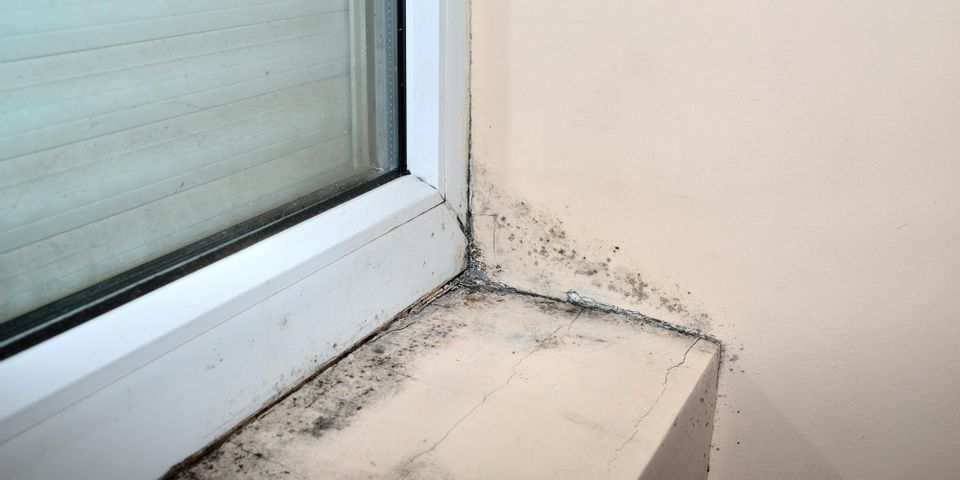A Brief Guide to Mold Colors

Mold comes in a variety of colors. Some, like black mold, are more commonly known for being dangerous. However, color cannot always be used so easily to distinguish between toxic and non-toxic varieties of fungus. For example, some blue mold is eaten in cheese, while others produce toxic compounds and require professional mold removal. If you’re interested in learning about the different pigmentations and why they exist, take a look at the following guide.
What Colors of Mold Are There?
Many blue, green, and white molds come from the Penicillium group, which is often associated with expired food and can lead to nausea and vomiting.
Stachybotrys chartarum—a green or black mold—is often found on paper products or near water leaks, such as on wet cardboard boxes in the basement. It commonly causes respiratory issues, as well as headaches, sleeping problems, and confusion.
 Serratia marcescens is an orange-pink color and often appears in showers, drawn as it is to the fat in soap products. In addition to breathing problems, regular exposure could give you allergy-like symptoms, including rash.
Serratia marcescens is an orange-pink color and often appears in showers, drawn as it is to the fat in soap products. In addition to breathing problems, regular exposure could give you allergy-like symptoms, including rash.
Why Do They Come in Different Colors?
Just like flowers and fruit, some of the differences in color are based on where they are found geographically, so you’re likely to find different types of mold in the city than you do in the rainforest.
According to biologists, this difference in coloration may also serve as a survival instinct for mold spores. For example, the pigmentation could be like a sort of sunscreen—blocking out UV rays and harsh temperatures that attack mold.
A Miami University scientist postured that certain pigments shield the mold from enzymes that could destroy them. In turn, it may also serve as an offensive mechanism, preventing other fungi from thriving alongside them.
If you’re hoping to protect your home from these resourceful fungi, turn to A-1 Mold Testing & Remediation Services. This Lincoln and Omaha, NE, team offers comprehensive mold removal services to clients throughout the Midwest, including parts of Colorado and Wyoming. Whether you’ve spotted green, black, or white mold growth, you can rely on their testing and remediation skills for peace of mind. To learn more about their work, visit the website. Call (402) 964-2080 to schedule mold removal.
About the Business
Have a question? Ask the experts!
Send your question

